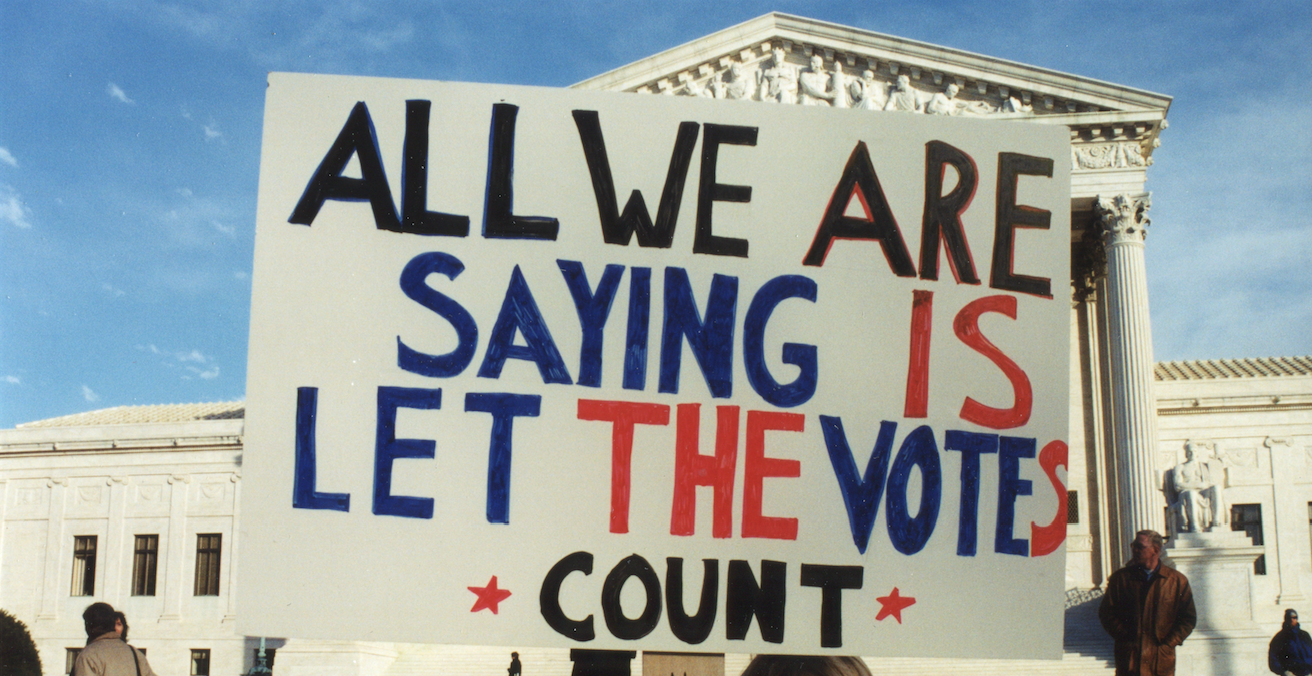Nativism and the US Census Citizenship Question

The Trump administration’s attempt to add a citizenship question to the United States census will have major implications for the distribution of political power in 2020s America.
Last month, the United States Supreme Court heard oral arguments in Department of Commerce v. New York. This case will decide whether the Trump administration is allowed to add a citizenship question to the next US census, due to take place in 2020. Critics claim that adding the question will lead to an undercount as minorities will refuse to complete the census. The court, however, is expected to split along ideological lines and vote 5-4 in favor of the administration. Given the central role that the census plays in apportioning political power and financial resources in the United States, this step will have profound implications for welfare, representation, and equality in the subsequent decade.
The US census was originally created as a technocratic solution to the vexing problem of how to distribute political power in a rapidly-changing country. The Constitution mandates that a count of the population be taken every ten years and that this then be used as the basis for apportioning seats in the House of Representatives and Electoral College votes among the states.
Early American politics often split along regional lines, such as over slavery or trade policy, and so the balance of power between the regions was a sensitive issue. A neutral and automatic apportionment process was an attempt to prevent the distribution of political power from becoming a political issue itself. Instead, regions would gain or lose power based on their population.
In its actual operation, this process has often been subverted to protect the interests of conservatives and America’s white majority. For instance, after the 1920 census – the first to show America had become a majority-urban nation – Republicans refused to allow reapportionment to take place because it would allocate more power to what they saw as immigrant-dominated cities. When it did finally proceed ten years later, many states simply failed to redraw Congressional districts. Until the Supreme Court intervened in the 1960s, some states had not redrawn districts to reflect population shifts since the early 1900s.
The proposed census citizenship question should be understood in the context of this history of attempts to manipulate the apportionment process. For many years, the Census Bureau has declined to place a citizenship question on the census because it was expected to cause minority groups to refuse to complete it, leading them to be undercounted.
Census Bureau field tests have shown that immigrants fear that citizenship information will be communicated to other arms of the federal government, such as immigration enforcement agencies. Although there are strict legal firewalls to prevent this from happening, the Trump administration’s clear anti-immigrant stance and propensity for law-breaking and norm-breaking have created a climate of fear which make this a particularly sensitive time for placing the citizenship question on the census.
The Constitution requires that the Census Bureau make an actual count of all people present in the United States – it makes no distinction on the basis of citizenship and it does not allow statistical modelling to be used to correct an undercount. For this reason, the Census Bureau collects citizenship data via a separate method – the American Community Survey, which is sent to just a small fraction of households each year, with statistical modelling then used to arrive at a nationwide figure. The administration’s decision to also put the citizenship question on the main census form is hence redundant and seems deliberately designed to create an undercount. Because of the prohibition on statistical modelling in the main census, the undercount would be irreversible until the 2030 census.
An undercount in the census would have major consequences for welfare, representation and equality in the 2020s. The most obvious result would be that areas with large numbers of immigrants would lose Congressional representation and Electoral College votes. Democratic urban areas would lose out to Republican rural areas. At a national level, California and other Democratic states – as well as Texas – would lose Electoral College votes and Congressional representation. Republican states may seek to redraw districts on the basis of the number of resident citizens rather than the total population, which will bolster their own power. Locally, the census is also used for allocating state legislature and city council seats.
The welfare of areas with large numbers of immigrants, and indeed the states in which they reside as a whole, is also at stake. Each year the census is used in directing the allocation of about $800bn in federal funding for programs such as Medicaid, food stamps, education and housing assistance. An undercount would tend to deprive Democratic states of federal funding. Meanwhile, non-citizens – authorized or otherwise – would continue to use government services, creating a funding shortfall which would have to be covered by the states.
An inaccurate census in 2020 would also set the United States up for a decade of battles over the data. Advocacy groups would demand a recount, and Democratic politicians would be under strong pressure to support them. States might carry out their own censuses in order to expose the inaccuracy of the federal results. A Democratic president might seek to hold a new census or change the allocation mechanism for federal funding – or even the apportionment process – but would likely require Congressional cooperation. The ability of Democrats to win Congressional majorities during the 2020s would be harmed as the miscount intersected with partisan gerrymandering.
The Trump administration’s attempt to weaponize the census process is just another sign of the intense partisanship and polarization which is gripping American politics. Nativists who are uncomfortable with the demographics of a changing America – just like the Republicans of the 1920s – refuse to accept the dilution of their own power which naturally results. At a time when there is already intense frustration on the left that institutions like the Senate and the Electoral College deliver disproportionate power to conservative, rural and white Americans, the census will emerge as a major flashpoint. Because the issue is the fundamental distribution of power between groups with very different visions for the future of America, it will be hard to find compromise.
It is probably already too late to prevent the inclusion of the citizenship question on the 2020 census. But in order to prevent too much damage from being done in the aftermath, Democrats desperately need to win elections. Control over state legislatures and governors’ mansions would help them to mitigate the damage which could be done in the next round of redistricting following the census. Control of the presidency and Congress may enable policy changes to mitigate other damage.
But most of all, a resounding defeat of Trumpism at the 2020 election would be a blow to nativism as a political movement, demonstrating to the Republican Party that doubling down on its current trajectory of preserving the influence of America’s white majority is no sure path to electoral success. Only on the basis of such a realization can a sustainable future for a changing nation be constructed.
Dr Andrew J. Gawthorpe is a historian of the United States at Leiden University in The Netherlands. Follow him on Twitter @andygawt. His latest book project is tentatively entitled The Border: An American History.
This article is published under a Creative Commons Licence and may be republished with attribution.





